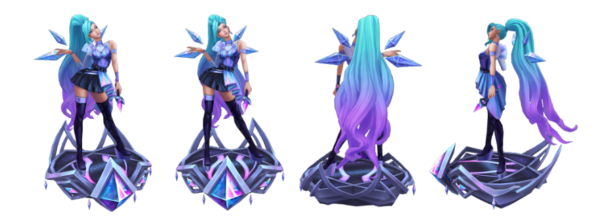Video Games
Iconic Video Game Main Character Voices

A great video game is comparable to a timeless book, movie, or show, in the way you can get encapsulated by the story, making it addicting.
Like every great story, a great video game is more than just graphics, mechanics and artwork, the writing and execution of the script can make the world of a difference.
This post is going to go through some of the most iconic video game characters, highlighting the voice actors behind the role that helped make the games what they are today.
Voice of Mario (Super Mario Bros)
Kids and grown ups alike are bound to have played a Mario game at least once, with this infamous plumber finding his way into people’s hearts from young, alongside his brother Luigi.
In fact, both Mario and Luigi, since 1991, have been voiced by the same person, an American actor, Charles Martinet. He’s also the voice talent behind the other, lesser known characters, Wario, Metal Mario & Shadow Mario.
Voice of Lara Croft (Tomb Raider)
Unlike the actual movie series, Angelina Jolie doesn’t actually voice Lara Croft in the game series. In the classic released on xbox and ps2, Keeley Hawes was the voice of Tomb Raider: Anniversary.
As of the most recent version, in the 2013 rendition for ps4, the voice actress for this was Camilla Luddington. A true heroine in the video game world, she also played Dr. Josephine Wilson in Grey’s Anatomy.
Voice of Snake (Metal Gear Solid)
A legendary video game character calls for a legendary voice actor to depict him. Snake, the main character in the Metal Gear Solid game series, was voiced by David Hayter, a Canadian-American actor.
Also commended for his writing work in X-men and Watchmen, and has also done other voice over work as King Shark in The Flash.
Voice of Faith Connors (Mirror’s Edge)
One of the PS3’s debut games, Mirror’s Edge, had a great impact on the early adopters of the console. The first person game featured the main character, Faith Connors, as the protagonist, voiced by Faye Kingslee.
This voice actress has also voiced various other characters, in games such as Far Cry 6 (as Citra Talumai), Nico in Devil May Cry 5 and Hala in Guardians of the Galaxy: Telltale series.
Voice of Sam Fisher (Splinter Cell)
From 2002 onwards, the iconic voice of Sam Fisher, the main protagonist from Splinter Cell, was voiced by Michael Ironside for 11 years, until he stepped down from the role upon the release of Splinter Cell Blacklist.
Ironside was also the voice of Darkseid from the DC universe, as well as Ultra Magnus from the Transformers cartoon series.
Voice of Ellie (The Last Of Us)
Before the TV series there was the cult classic, The Last of Us, a Playstation fan favourite. The beloved Ellie, who was the main female character of the game was voiced by Ashley Johnson, leaving a mark on the hearts of many for years to come.
Apart from the last of us series, Ashley Johnson has also gone on to voice Shiseru, a character from the Naruto Shippuden series, aired from 2007-2017.
Voice of Raiden (Mortal Kombat)
Raiden, the god of thunder and the netherrealm in the “Kult Klassic”: Mortal Kombat, has an iconic voice from the popular, extremely gory game series.
In fact, the deep, resonating voice of Raiden has changed many times over the years. As of recently, in Mortal Kombat 11, he’s voiced by two voice actors, Richard Epcar & Christopher Lambert.
Voice of Supergirl (injustice 2)
One of the most legendary games to come out of the DC universe, Injustice 2 is a game with a Mortal Kombat-like feel with much less morbidity.
Laura Bailey was the voice of supergirl from the most recent game, Injustice 2. This isn’t her first rodeo, as she also has starred in roles such as Resident Evil Degeneration, Monster High, and Lego Marvel Superheroes.
Voice of Ezio auditore (Assassin’s creed)
As the most iconic character of the Assassin’s Creed franchise, it’s only right we include the iconic Ezio Auditore in this list, the character that had a whole 3 games following his storyline.
The legendary Ezio was voiced by Devon Bostick, also unexpectedly starred in roles such as Diary of a wimpy kid and Dead before dawn, who’d have thought it?
Voice of Clementine (The Walking Dead: Telltale Series)
If you’re a real Walking Dead fan who also plays games, there’s no way this game slipped under your nose. The Telltale Series of the Walking Dead follows Lee Everett and the young Clementine, an adorable young girl who’s followed in both seasons of the game series.
The innocent, young voice of Clementine was expertly delivered by American voice actress Melissa Hutchinson, truly invoking the character exactly how it was intended. Apart from Clementine’s voice, she’s also depicted Bianca in the 2018 Spyro remake, as well as starring roles in Monster Hunter and Lego dimensions, to name a few.
Voice of Crash (Crash Bandicoot)
Fun fact: Crash Bandicoot’s design is actually based on a real animal called a Bandicoot – no, that animal sadly can’t actually talk.
During the golden years of the Naughty Dog game series, Crash Bandicoot was voiced by the late Brendan James O’Brien (sadly passed away in March of this year) responsible for depicting the unparalleled iconic voice, making up many a childhood, he will be missed.
Voice of Catwoman (Batman Arkham Series)
Catwoman played a key role in the Batman Arkham series and even has a DLC playable character version!
This character was voiced by none other than Grey DeLisle, who also played Vicki Vale within the same gaming universe. Not only has she starred in the DC gaming universe, she’s also played Daphne in the Animated Scooby Doo series, Vicky from Fairly Odd Parents also starred in Grim Adventures of Billy & Mandy!
Legendary voices in the gaming universe
We hope you enjoyed our list of iconic video game characters and the voices behind them. Some of them are more popular than others and some were solely hired for their iconic roles.
Having made multiple people’s childhoods and brought so many characters to life, these voice artists are among the best of the best. This post is a guest post written by Voicebooking, a voice over agency in Amsterdam.

Features
Exploring Valorant eSports Stats: Unveiling the Metrics Behind Competitive Excellence

In the rapidly expanding realm of Valorant eSports, statistical analysis plays a pivotal role in understanding player performance, team dynamics, and the strategic nuances that define success in competitive play. This article delves into the significance of Valorant eSports stats, their impact on the competitive landscape, and how they empower players, teams, and fans alike.
Key Metrics in Valorant eSports Stats
Valorant eSports stats encompass a wide array of metrics that provide insights into player proficiency and team strategies. These include individual performance indicators such as kill-death ratios (K/D), average damage per round (ADR), headshot percentages, and assist counts. Team statistics such as round win percentages, first blood percentages, and economy management efficiency further illuminate strategic strengths and areas for improvement.
Analyzing Player Performance and Contribution
For professional Valorant players, statistics serve as a critical tool for evaluating individual performance and contribution to team success. By analyzing metrics like K/D ratios and ADR, players can assess their impact in securing eliminations, dealing damage, and supporting team objectives. This data-driven approach enables players to identify strengths to leverage and weaknesses to address, enhancing their overall effectiveness in competitive matches.
Strategic Insights and Adaptation
Valorant eSports stats provide valuable strategic insights that shape team tactics and gameplay adaptations. Coaches and analysts analyze statistical trends to optimize agent selections, refine map strategies, and counter opponents’ playstyles effectively. The ability to leverage data-driven decision-making empowers teams to evolve their tactics, adapt to meta-game shifts, and maintain a competitive edge in the dynamic world of Valorant eSports.
Tracking Tournament Trends and Meta-Game Evolution
Beyond individual matches, Valorant eSports stats track broader tournament trends and meta-game evolution. Historical data on agent pick rates, map preferences, and round outcomes reveal emerging strategies and meta-shifts over time. This analytical depth allows teams and analysts to anticipate trends, innovate strategies, and stay ahead of competitors in high-stakes tournaments and league play.
Fan Engagement and Spectator Experience
Valorant eSports stats enrich the spectator experience during live broadcasts and tournament coverage. Fans can follow real-time updates on player performances, compare stats across matches, and engage in discussions about standout plays and strategic decisions. Interactive platforms and statistical dashboards enhance viewer engagement, fostering a deeper connection with the competitive narratives unfolding in Valorant eSports.
Impact on eSports Betting and Fantasy Leagues
Valorant eSports stats play a crucial role in eSports betting markets and fantasy leagues, where informed decision-making hinges on statistical insights. Bettors and fantasy league participants leverage player and team stats to assess form, predict match outcomes, and manage their investments strategically. Real-time updates and comprehensive data analysis enhance the strategic depth and excitement of eSports engagement for fans worldwide.
Technological Advancements and Data Visualization
Advancements in technology have revolutionized how Valorant eSports stats are accessed and analyzed. Streaming platforms and eSports websites offer sophisticated data visualization tools, interactive heatmaps, and player performance overlays that enhance the depth and accessibility of statistical analysis. These technological innovations provide analysts, commentators, and fans with enhanced insights into gameplay dynamics and strategic decision-making.
Future Innovations in Statistic Analysis
As Valorant continues to evolve as an eSports powerhouse, the future of statistical analysis promises further innovations. AI-driven predictive analytics, enhanced machine learning algorithms, and real-time performance tracking technologies are poised to revolutionize how eSports stats are processed and utilized. These advancements will elevate the precision, depth, and predictive capabilities of statistical analysis in Valorant eSports, shaping the future of competitive gaming.
Video Games
Smite God Tier List: Best to Worst Gods Ranked
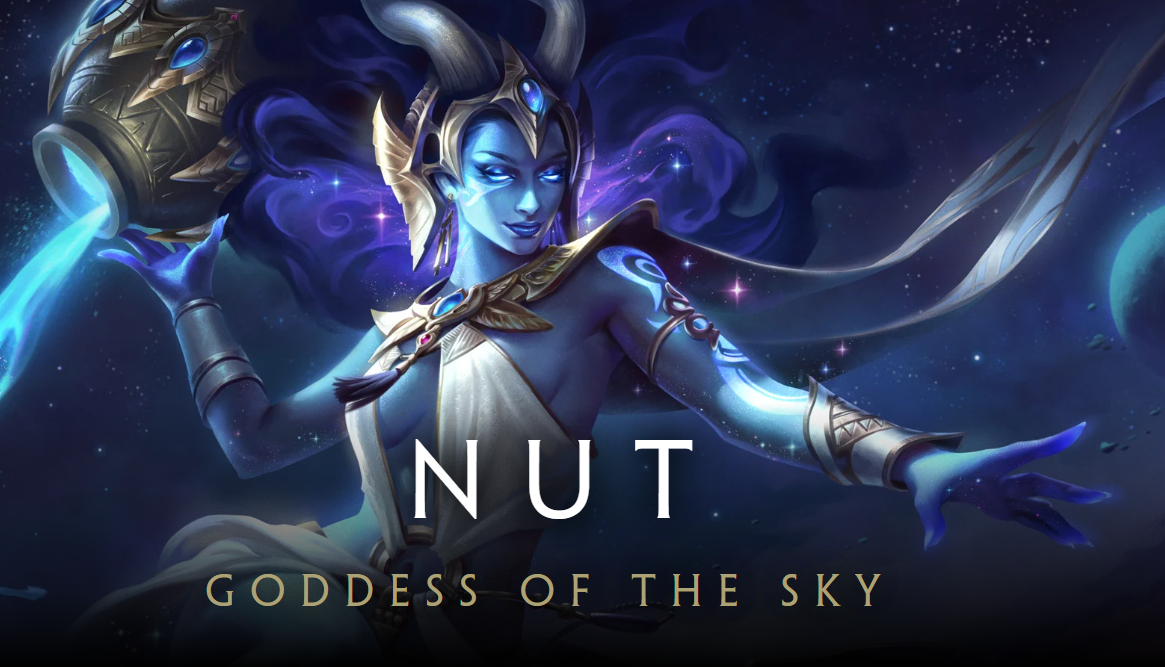
Smite, the popular third-person MOBA featuring mythological gods and goddesses from around the world, boasts an ever-expanding roster with over 100 playable characters. Each deity possesses unique abilities, playstyles, and strengths that can greatly impact a match’s outcome.
In this comprehensive tier list, we’ll rank Smite’s gods from best to worst, helping both new and experienced players make informed choices during the drafting phase.
The Smite God Tier List
S+ Tier: The Cream of the Crop
At the pinnacle of our tier list reside the S+ tier gods, whose unparalleled power and versatility make them top picks in competitive play. These deities excel in their respective roles and can single-handedly turn the tide of battle.
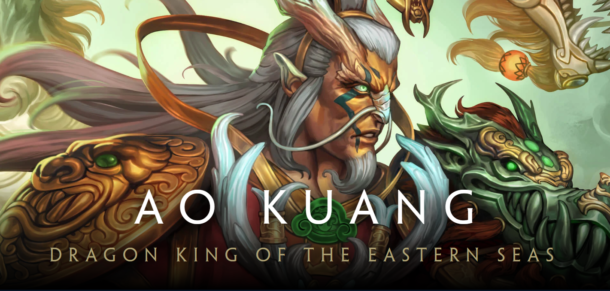
- Ao Kuang (Mage) – Ao Kuang, the Dragon King of the Eastern Seas, stands out with incredible burst damage and mobility. His ultimate allows him to execute low-health enemies, making him a formidable threat throughout the game.
- Arachne (Assassin) – Arachne, the Weaver, excels at early game pressure and ganks, thanks to her high base damage and crowd control abilities. Her web traps provide excellent vision control, allowing her team to maintain map dominance.
- Chernobog (Hunter) – Chernobog, the Slavic god of darkness, is a late-game hyper carry who can shred through enemy teams with his auto-attacks. His global ultimate makes him highly mobile, allowing him to join fights or escape danger at a moment’s notice.
- Pele (Assassin) – Pele, the Hawaiian goddess of fire and volcanoes, is a relentless assassin with strong sustain and chase potential. Her passive allows her to gain movement speed and damage after using abilities, making her a constant threat in teamfights.
- Raijin (Mage) – Raijin, the Japanese god of thunder, is a bursty mid-lane mage with excellent poke and utility. His ultimate can stun multiple enemies, setting up easy kills for his team.
- Sun Wukong (Warrior) – Sun Wukong, the Monkey King, is a versatile solo laner who can adapt to any situation. His transformations grant him increased survivability, damage, and mobility, making him a difficult target to lock down.
Also Read: League of Legends Skins Codes, Riot Points, Emotes And Others
S Tier: Strong Contenders
Just below the S+ tier are the S tier gods, who are still highly viable picks in both casual and competitive play. While they may have some minor weaknesses, their overall strength and impact on the game are undeniable.
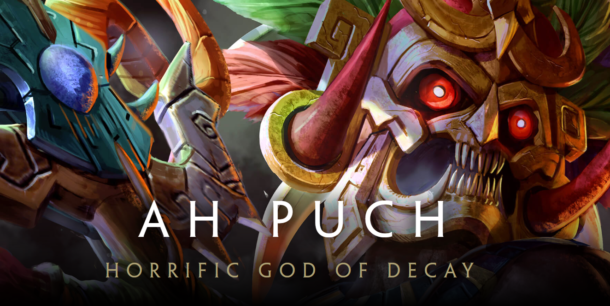
- Ah Puch (Mage)
- Anhur (Hunter)
- Ares (Guardian)
- Athena (Guardian)
- Baba Yaga (Mage)
- Camazotz (Assassin)
- Cthulhu (Guardian)
- Freya (Mage)
- Geb (Guardian)
- Janus (Mage)
- Kali (Assassin)
- Olorun (Mage)
- Scylla (Mage)
- Thanatos (Assassin)
- Thor (Assassin)
- Thoth (Mage)
- Ullr (Hunter)
These gods excel in their respective roles and can significantly impact the game’s outcome when played effectively.
A Tier: Reliable Picks
A tier gods are solid choices that can perform well in most situations, but may lack the overall strength or versatility of their higher-tiered counterparts. These deities often require more skill and coordination to reach their full potential.
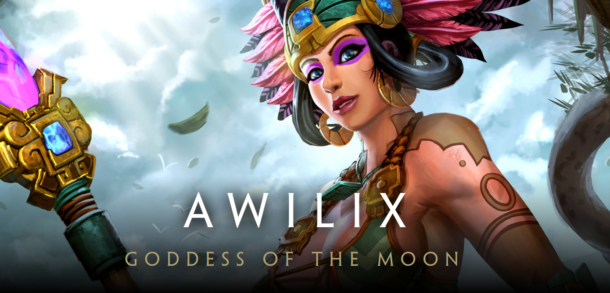
- Awilix (Assassin)
- Bastet (Assassin)
- Hachiman (Hunter)
- Hades (Mage)
- Izanami (Hunter)
- Jing Wei (Hunter)
- Mercury (Assassin)
- Neith (Hunter)
- Rama (Hunter)
- The Morrigan (Mage)
- Yemoja (Guardian)
Gods like Awilix and Mercury rely on precise timing and positioning to excel, as they have strong single-target damage but lack reliable escape mechanisms. Hades and The Morrigan, on the other hand, require a deep understanding of their kits to effectively outplay opponents and contribute to teamfights.
Also Read: Cheat Code Pokemon Ruby: Full list of codes
B Tier: Situational Specialists
B tier gods have niche strengths that can be exploited in specific situations or team compositions, but generally struggle to keep up with the more well-rounded deities in higher tiers.
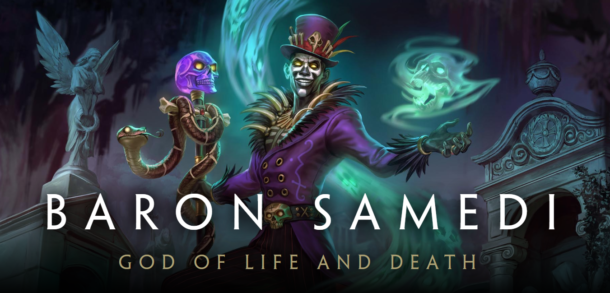
- Baron Samedi (Mage)
- Cernunnos (Hunter)
- Chang’e (Mage)
- Chiron (Hunter)
- Danzaburou (Hunter)
- Fenrir (Assassin)
- Hou Yi (Hunter)
- Hun Batz (Assassin)
- Loki (Assassin)
- Ravana (Assassin)
These gods may excel in certain matchups or when paired with specific allies, but their overall impact on the game is less consistent than that of higher-tiered deities.
C Tier: Underperformers
C tier gods have significant weaknesses that hinder their performance in most situations. While they can still be effective in the hands of dedicated mains, they are generally outclassed by the gods in higher tiers.
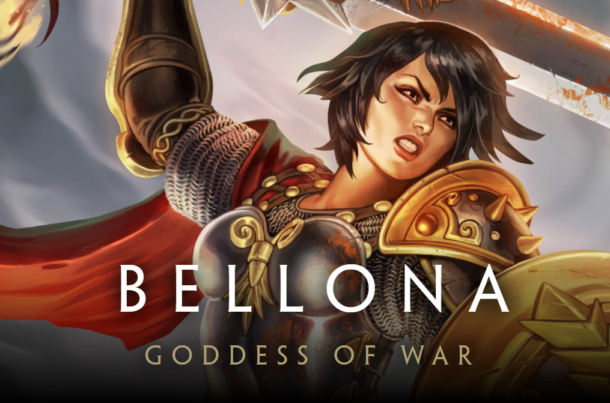
- Bellona (Warrior)
- Chaac (Warrior)
- Cerberus (Guardian)
- Cupid (Hunter)
- Hel (Mage)
- Nemesis (Assassin)
- Odin (Warrior)
- Ymir (Guardian)
- Zeus (Mage)
These gods may struggle with mana sustain, lack reliable crowd control, or have kits that are easily countered by the current meta picks.
D Tier: The Bottom of the Barrel
At the bottom of our tier list are the D tier gods, who are considered the weakest and least viable picks in the current meta. These deities have glaring flaws in their kits or play styles that make them difficult to recommend in most situations.
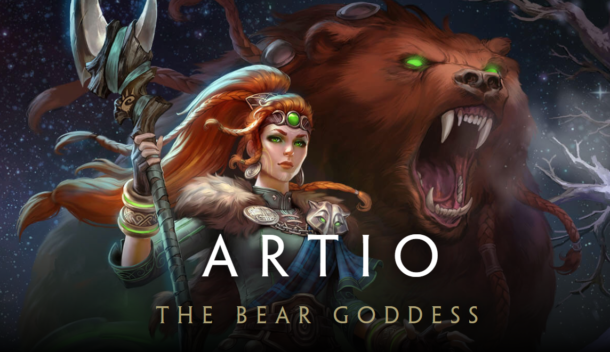
- Artio (Guardian)
- Erlang Shen (Warrior)
- Persephone (Mage)
- Vamana (Warrior)
Gods like Artio and Erlang Shen have fallen out of favor due to nerfs or shifts in the meta, while others like Persephone and Vamana have kits that are too clunky or situational to consistently perform well.
Also Read: How To Check Your League Of Legends MMR System?
Conclusion
While this tier list provides a general ranking of Smite’s gods based on their overall strength and viability, it’s important to remember that player skill, team composition, and personal preference can greatly influence a god’s effectiveness in any given match. As the meta evolves and new gods are introduced, the rankings may shift, so it’s crucial to stay informed and adaptable.
Ultimately, the key to success in Smite is to focus on mastering the gods that suit your playstyle and to work collaboratively with your team to capitalize on each deity’s unique strengths. By understanding the current meta and making informed picks during the drafting phase, you’ll be well on your way to dominating the battleground of the gods.
Video Games
League of Legends Skins Codes, Riot Points, Emotes And Others
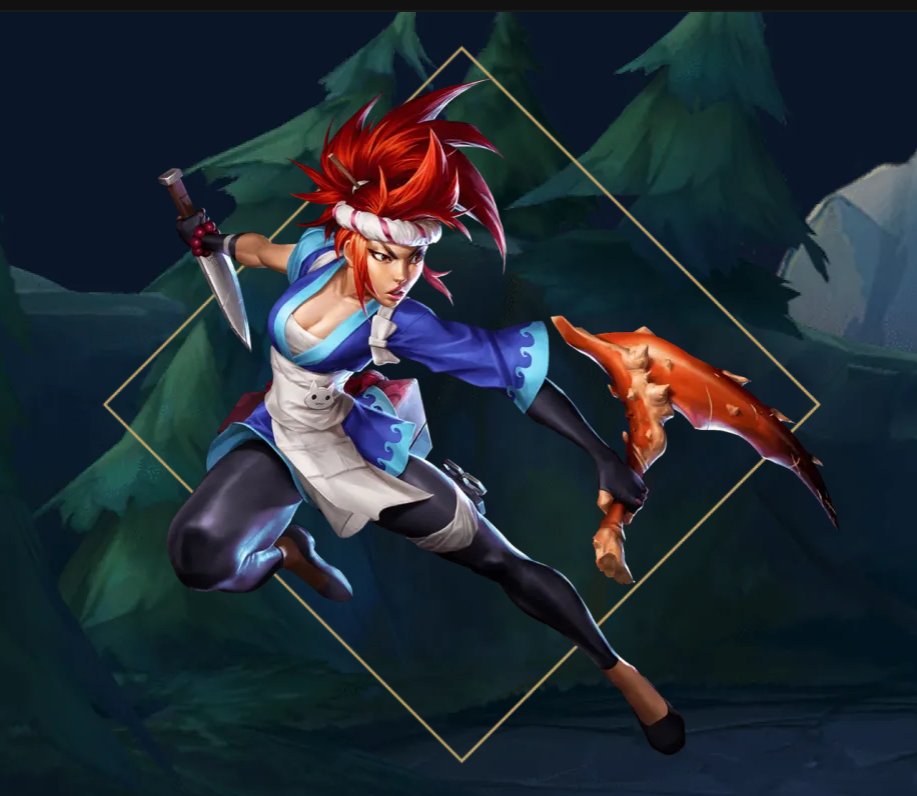
For gamers around the world, League of Legends has become more than just a game – it’s a way of life. Developed by Riot Games, this multiplayer online battle arena (MOBA) has captivated millions with its intense gameplay, strategic depth, and an ever-expanding universe of characters and lore.
However, what truly sets League of Legends apart is the vast array of customization options that allow players to express their individuality and take their gaming experience to new heights. Let’s take a closer look at each of them:
Skins
At the heart of League of Legends’ customization ecosystem lie the skins – cosmetic enhancements that transform the appearance of your favorite champions. From sleek and futuristic designs to whimsical and mythical themes, skins breathe new life into these iconic characters, allowing players to showcase their unique style on the battlefield.
Riot Games regularly releases new skins, often tied to specific events, promotions, or in-game updates. Some skins are available for purchase through the in-game store using Riot Points (RP), while others are exclusive rewards for participating in special events or purchasing bundles.
Also Read: Cheat Code Pokemon Ruby: Full list of codes
Unlocking Exclusive Cosmetics With Skin Codes
In addition to purchasing skins directly, League of Legends players can also acquire them using skin codes – unique alphanumeric combinations that can be redeemed on the official website or through the game client. These codes are often distributed by Riot Games during promotional events, partnerships, or as rewards for participating in specific activities.
Some Skin Codes:
- 5J6V-DAYM-ZHDE-13G4
- XXXC-JWDW-YN8B-FF2J
- 3QZA-DLKT-D9MU-G6VW
- 6CSC-NAFL-0SWI-OHVF
- H1N4-Q5G6-8CSY-YK0M
- DNHV-4DMN-TG2O-4FQ1
- 9DKL-4858-9EDV-JNIG
- QKUI-3N4L-LO5J-FB2F
- E5AL-WV2W-469T-SXYJ
- 7BFF-PJPA-88UY-SO3R
- JSZR-67XE-TJDD-WIZ8
- HRTJ-FDO4-WZ26-Z7TP
- LM0A-3UBN-3WTI-WVA2
- TQM2-PK8F-1SPP-O09J
- BSFJ-NGE3-VEFD-BDOK
- TH72-K1XM-7U2T-VU0J
- K61Z-OT3J-XO17-94VA
- JKR5-FHWL-VGQX-9EUV
- R60D-ZAAA-CLM9-HM5L
- QZMO-Z7BM-MKMP-WHFV
It is a good idea for players to stay updated on the latest skin code releases by following official Riot Games channels and the League of Legends community updates.
Riot Points
Riot Points (RP) are the virtual currency that powers the League of Legends customization ecosystem. Players can purchase RP directly from the in-game store using real-world currency, allowing them to unlock a wide range of cosmetic items, including skins, ward skins, emotes, and more.
In addition to skins, RP can be used to unlock chromas (recolored versions of existing skins), summoner icons, and ward skins, enabling players to further personalize their gaming experience and showcase their unique style on the Summoner’s Rift.
Also Read: How To Check Your League Of Legends MMR System?
Emotes
Emotes are animated expressions that players can use during matches to communicate with their teammates and opponents. These emotes range from celebratory dances to taunts and humorous reactions, adding an extra layer of personality and fun to the game.
Emotes can be acquired through various means, including purchasing them with RP, earning them through specific events or challenges, or obtaining them as part of limited-time bundles or promotions.
Hextech Crafting
League of Legends also features a loot box system called Hextech Crafting. Players can earn Hextech Chests and Keys through playing matches or completing specific missions. These chests can be unlocked using keys, revealing a random assortment of rewards, including skins, emotes, ward skins, and other cosmetic items.
Players can also give away unwanted items from their Hextech Crafting loot to earn Essence, which can be used to craft specific skins or other cosmetic items they desire.
Limited-Time Events And Promotions
Riot Games frequently hosts limited-time events and promotions in League of Legends, offering players exclusive opportunities to obtain unique skins, emotes, and other customization items. These events often coincide with seasonal celebrations, esports tournaments, or thematic updates to the game.
Limited-time bundles and sales on skins and other cosmetic items are also common, providing players with an opportunity to expand their collection at a discounted price.
Community And Customization Culture
The League of Legends community plays a significant role in the popularity and culture surrounding customization. Players often showcase their rare and unique skins, emotes, and other cosmetic items, fostering a sense of pride and individuality within the game.
Social media platforms and community forums are filled with discussions, fan art, and appreciation for the various customization options available in League of Legends. Players share their favorite skins, discuss upcoming releases, and even create fan-made concepts, contributing to the ever-evolving customization landscape.
Also Read: Smite God Tier List: Best to Worst Gods Ranked
Redeeming Codes In League of Legends
To redeem skin codes or other promotional codes in League of Legends, players have two options:
Option 1
- Log in to the League of Legends.
- Click on the “Store” button.
- Click on the “Account” button at the top right corner of the store.
- Select “Redeem Codes”.
- Enter the displayed code accurately and make sure ou double check.
- Click on “Submit” to redeem the code.
Option 2
- Open Riot’s Code Redemption page on your browser.
- Enter the displayed code and select “Redeem Code”.
Conclusion
League of Legends offers a vast array of customization options, allowing players to truly make the game their own. From exclusive skins that breathe new life into champions to emotes that add personality and flair to matches, the world of LoL customization is ever-expanding.
With Riot Games’ dedication to continuously releasing new content and hosting engaging events, players can look forward to an endless journey of personalization and self-expression on the Summoner’s Rift.
-

 Guides4 years ago
Guides4 years ago6 Proven Ways to Get more Instagram Likes on your Business Account
-

 Mainstream9 years ago
Mainstream9 years agoBioWare: Mass Effect 4 to Benefit From Dropping Last-Gen, Will Not Share Template With Dragon Age: Inquisition
-

 Casual8 months ago
Casual8 months ago8 Ways to Fix Over-Extrusion and Under-Extrusion in 3D Printing
-
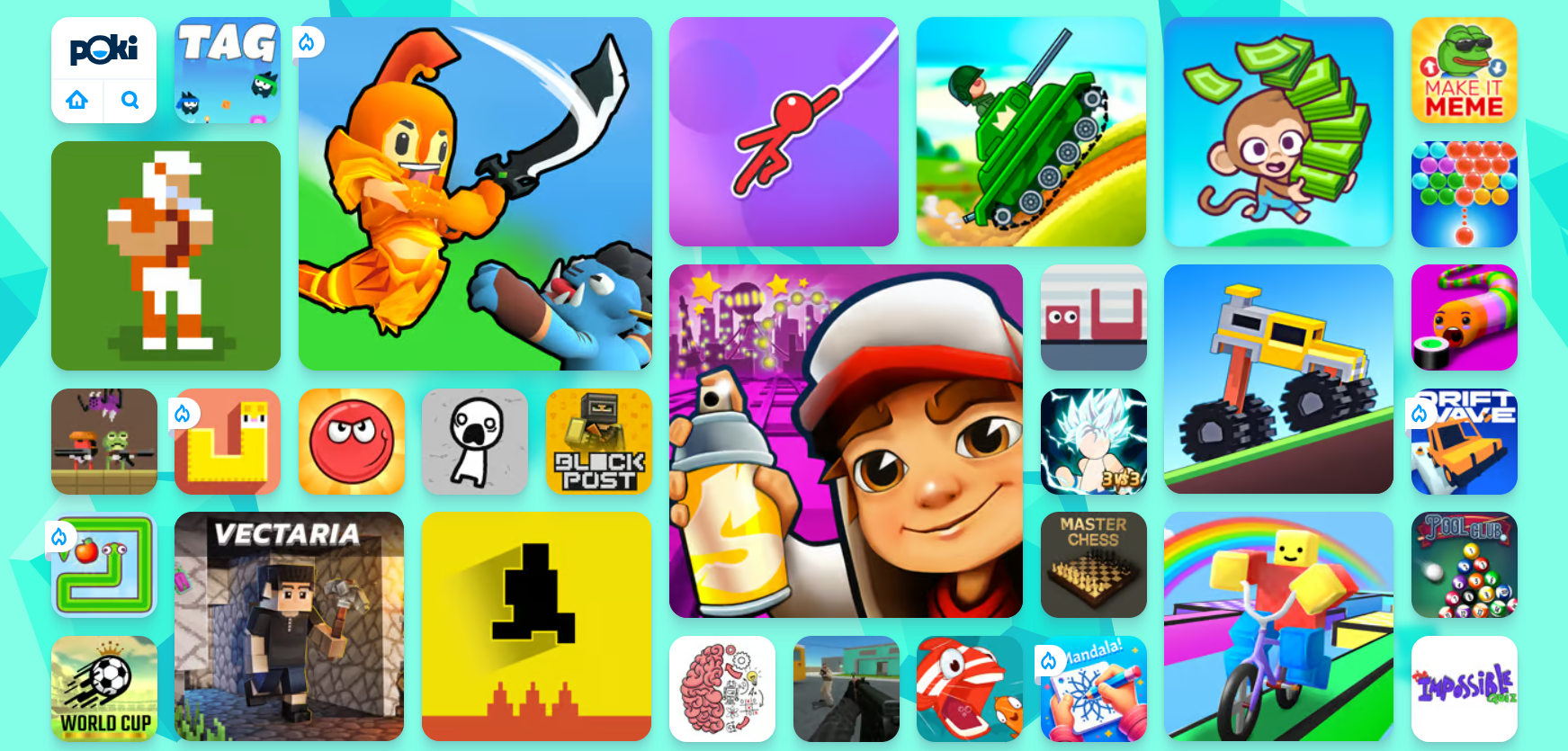
 Guides5 months ago
Guides5 months agoExplore 15 Most Popular Poki Games
-
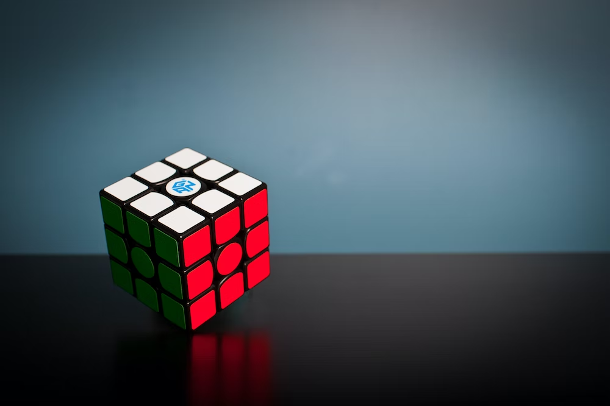
 Guides1 year ago
Guides1 year agoGan Rubik’s Cube vs. Traditional Rubik’s Cube: Key Differences and Advantages
-

 Uncategorized3 years ago
Uncategorized3 years agoTips To Compose a Technical Essay
-

 iOS Games1 year ago
iOS Games1 year agoThe Benefits of Mobile Apps for Gaming: How They Enhance the Gaming Experience
-

 Mainstream11 years ago
Mainstream11 years agoGuild Wars 2: The eSports Dream and the sPvP Tragedy
